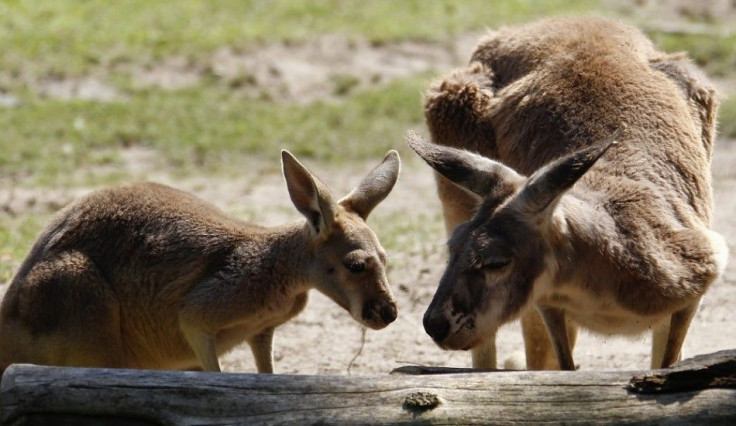DNA Extracted From Kangaroos That Died 45,000 Years Ago

DNA from a pair of kangaroos has been extracted by scientists at the University of Adelaide. The pair of kangaroos, a short-faced kangaroo and a giant wallaby, are said to have died about 45,000 years ago, and their remains were found in a cave in Tasmania.
According to Discovery News, the pair of kangaroos were huge, with the short-faced weighing about 260 pounds and the wallaby more than 240 pounds. It was reported that the short-faced kangaroo did not have any modern descendants, but the team of scientists suggested that it had at least one cousin, which was the banded hare-wallaby. The wallaby, presently, lives on isolated islands off the western coast of Australia.
The DNA helped the scientists who were interested in decoding the evolution of the megafauna in Australia. Usually, DNA was unobtainable because of the poor preservation conditions, in addition to the age of the remains. But in the case, the cold and dry conditions of the cave in Tasmania gave the scientists an opportunity to extract the DNA.
Mike Kee, co-author and a professor in the School of Biological Sciences at the University of Adelaide, said that their results suggested that the banded hare-wallaby was the last representative of a previous lineage of kangaroos. He said that their research would encourage and justify the efforts made for the conservation of endangered species.
Dr Bastien Llamas, lead author and senior researcher at the Australian Centre for Ancient DNA at the University of Adelaide, said that the DNA revealed that the extinct wallabies were close relative to the living, large kangaroos like the red and western grey kangaroos. He explained that from their skeletons, suggestions were made that they were primitive macropods, a group which includes kangaroos, quokkas and wallabies. He added that they could now place the giant wallaby higher up in the family tree of the kangaroos.
According to Llamas, most of the extinct megafauna in Australia did not have close relatives in today's world, which made it difficult to interpret the DNA. He said that they had to think hard about bioinformatic approaches to overcome millions of years of evolution between the living and extinct species.
Contact the writer: afza.kandrikar@gmail.com




















